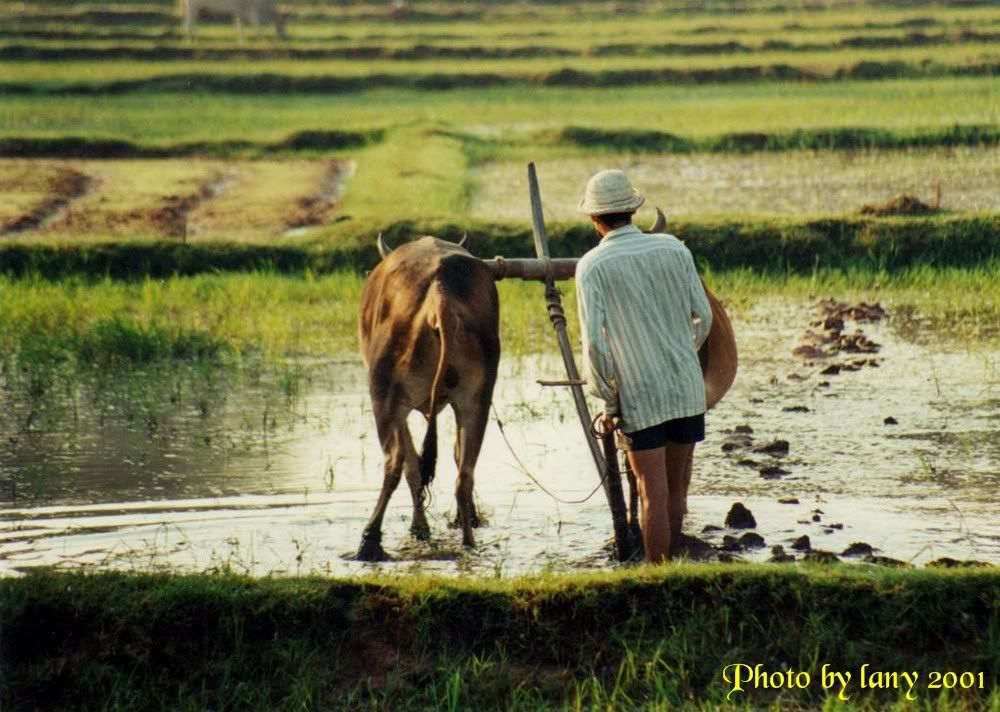 A drink of water and a scoop of rice could poison over 140,000,000 people worldwide. Researchers show the deadly agent is arsenic in drinking water or potable water used for crops. Scientists expect cancer rates to increase as a result. Where the water originates and the lack of consistent testing is setting the world up for a shock as more people intake carcinogens in their water and food. Sources for the water in developing nations, wells and ancient aquifers, have elevated risks. Even the UK and the US have had problems with arsenic in its drinking water.
A drink of water and a scoop of rice could poison over 140,000,000 people worldwide. Researchers show the deadly agent is arsenic in drinking water or potable water used for crops. Scientists expect cancer rates to increase as a result. Where the water originates and the lack of consistent testing is setting the world up for a shock as more people intake carcinogens in their water and food. Sources for the water in developing nations, wells and ancient aquifers, have elevated risks. Even the UK and the US have had problems with arsenic in its drinking water.Arsenic consumption leads to higher rates of some cancers, including tumours of the lung, bladder and skin, and other lung conditions. Some of these effects show up decades after the first exposure."In the long term, one in every 10 people with high concentrations of arsenic in their water will die from it," observed Allan Smith from the University of California at Berkeley.
"This is the highest known increase in mortality from any environmental exposure."
The international response, he said, is not what the scale of the problem merits.
"I don't know of one government agency which has given this the priority it deserves," he commented.
With a middle class and developed world so mobile, this affects those with extended stays in the known areas where the water is known to contain arsenic absent any precautions. It is a cumulative effect to the arsenic in the water, rather than a singular dose or mouthful of rice. prevention options and arsenic removal options are still being explored in a marketplace clamoring for new water technologies. It is estimated that over fifty million people are affected in Bangladesh alone. The problem is known to exist in over 70 nations.
Underground aquifers in many nations have not been tapped, but a recent increased spate of new wells taps into an underground water source filled with porous rocks, a natural source of arsenic. Arsenic, a metal, naturally occurs in soil as well. The World Health Organization (WHO) has global guidelines & standards for parts per billion of arsenic in drinking water."Most countries have some water sources with dangerous levels of arsenic, but only now are we beginning to recognize the magnitude of the problem," Smith said. "It is the most dangerous contaminant of drinking water in terms of long-term health risks, and we must test all water sources worldwide as soon as possible."
Speakers at the conference predicted that new arsenic pollution would occur in parts of southeast and southwest Asia, the western parts of south and central America, and some areas in Africa.

At a whopping $114.00 a book, the WHO produces a full syllabus on the scope of the issue with Arsenic in drinking water. WHO will be a principal leader in defining the problem in developed, developing and third world nations. It is a valuable piece of research as the world will be hearing more as the health issues overwhelm existing systems. Fred Pearce gives great examples in a much more reasonably priced paperback in When the Rivers Run Dry, one of my first book reviews.










No comments:
Post a Comment